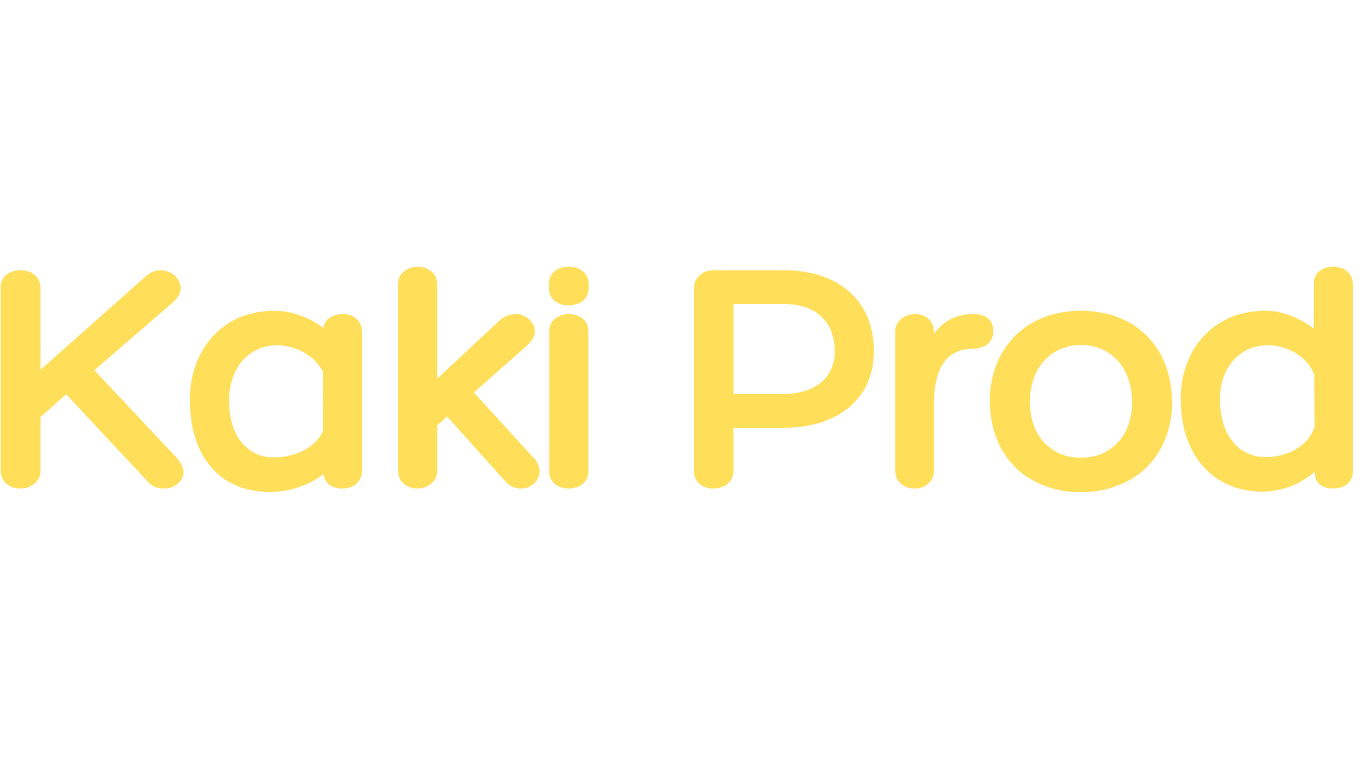10 Key Updates You Need to Know
Canada’s immigration system continues to evolve in 2025 with significant updates aimed at attracting skilled workers, streamlining processing times, and supporting economic growth. If you’re planning to move to Canada or are already in the immigration process, these are the top 10 changes and updates you need to know:
1. Express Entry Draws Now Target Specific Occupations
As of early 2025, Canada is holding category-based Express Entry draws focused on in-demand sectors such as:
- Healthcare
- STEM (science, tech, engineering, math)
- Skilled trades
- Transport
This allows skilled workers in these fields to apply with lower CRS scores.
🔗 Express Entry: Category-Based Selection
2. New Permanent Residency Stream for International Graduates
The government has launched a dedicated PR pathway for recent international graduates of Canadian colleges and universities.
Key highlights:
- Must have graduated within the past 3 years
- No job offer required
- CLB 5 minimum language requirement
3. LMIA Processing Times Reduced by 50%
Thanks to digital modernization, Labour Market Impact Assessments (LMIAs) are now being processed in as little as 10 business days for priority occupations, making it easier and faster for employers to hire foreign talent.
4. Open Work Permit Extended to PR Applicants’ Families
Family members of permanent residency applicants (especially those applying through Express Entry and PNPs) are now eligible for open work permits.
This helps newcomers support themselves financially while waiting for PR approval.
5. Quebec Increases Immigration Targets for 2025–2027
Quebec has announced it will accept up to 60,000 immigrants annually starting in 2025, with a focus on French-speaking skilled workers and entrepreneurs.
6. Canada Introduces Digital Nomad Visa
New in 2025, Canada’s Digital Nomad Visa allows remote workers from abroad to live in Canada for up to 12 months, with the possibility of extending their stay or transitioning to PR.
7. Refugee and Humanitarian Programs Expanded
In response to ongoing global conflicts, Canada has increased its refugee resettlement targets to 80,000 and launched new humanitarian sponsorship pathways.
8. Greater Flexibility for Intra-Company Transfers
Foreign employees transferring to Canadian branches can now get 3-year work permits with faster processing, helping companies expand operations more easily.
9. New Rural and Northern Immigration Pilot (RNIP) Communities Added
To support population growth in small towns, 5 new communities have joined the RNIP program in 2025. These areas now offer a fast-track to PR for foreign workers.
10. Higher Language Standards for Certain PR Streams
Some PR pathways now require higher CLB scores, especially for:
- Federal Skilled Worker Program (minimum CLB 7-8)
- Caregiver Programs (now CLB 6)
Language proficiency remains a top factor in selection.
✅ Final Thoughts
Canada’s 2025 immigration law updates reflect a shift toward targeted, efficient, and family-friendly immigration policies. Whether you’re a skilled worker, student, refugee, or entrepreneur, these changes aim to make your pathway to Canada faster, more transparent, and inclusive.
📌 Stay Informed: For regular updates, visit IRCC Newsroom or follow Canada Immigration Twitter.

